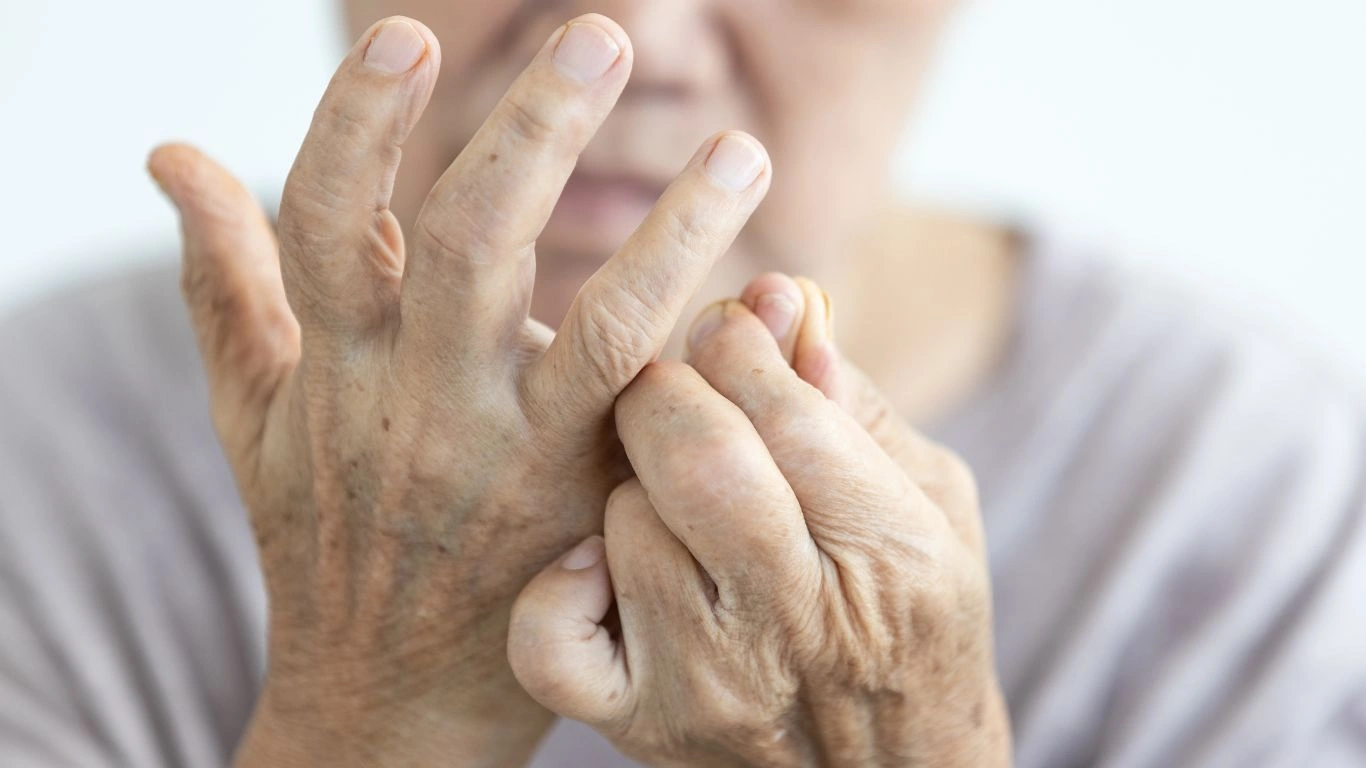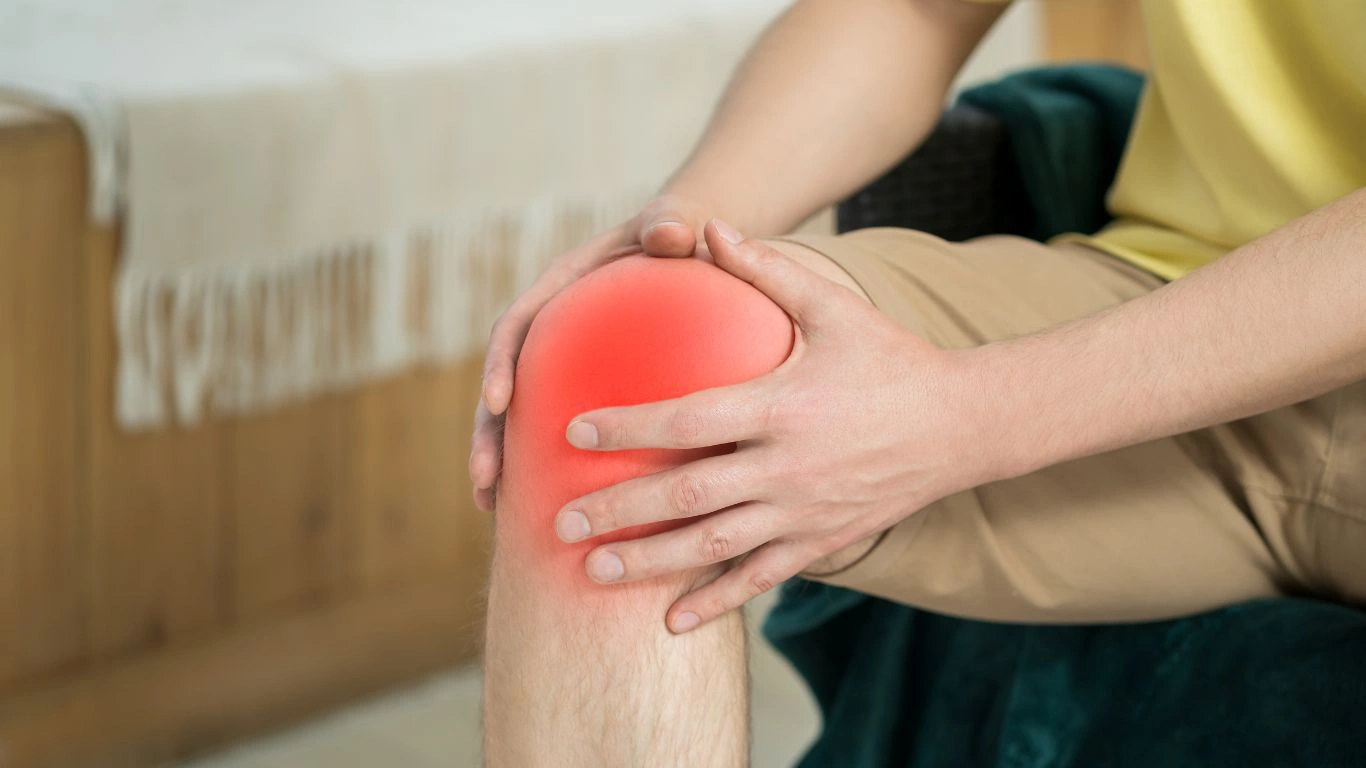Rheumatoid Arthritis: Avoid Common Triggers for Better Relief
If there’s one thing I’ve learned over the years working as a Rheumatology Nurse Practitioner, it’s that understanding rheumatoid arthritis and how to avoid common triggers can be life-changing for patients. And I don’t say that lightly. RA isn’t just about aching joints or stiffness in the morning—it’s about fatigue that sneaks up on you in the middle of the day, or the frustration of planning around unpredictable flare-ups. I’ve had countless heart-to-hearts with patients who just want to live their lives without constantly being on edge, waiting for the next flare. Sound familiar? If so, pull up a chair and let’s chat—because I’m here to break it down with you.
What is Rheumatoid Arthritis, Really?

You might already know RA is an autoimmune disease, but let’s take a closer look. Basically, your immune system, which is supposed to protect you, gets a little confused and starts attacking your own joints—particularly the synovium, the lining of the membranes that surround your joints. That attack triggers inflammation, pain, swelling, and eventually joint damage if it’s not controlled. It’s not your fault, and it’s not something you caused—but there are definitely things that can make it worse.
In clinic, I often describe it like your immune system is a fire alarm that goes off over burnt toast. Sure, it’s just a piece of toast, but the system overreacts anyway—and in the case of RA, your joints pay the price.
The Sneaky Triggers Behind RA Flares

1. Stress – The Silent Aggravator
Let’s talk stress. If I had a dollar for every time a patient said, “I’ve been really stressed lately and my joints are killing me,” I’d be sipping tea on a beach somewhere. Stress doesn’t cause RA, but it sure knows how to stir the pot. Cortisol, the body’s main stress hormone, can ramp up inflammation when it goes out of whack.
What I often recommend? Try short mindfulness practices—nothing fancy. Even five minutes of deep breathing or a walk around the block can make a difference. I’ve seen patients reduce their flares just by prioritizing their mental well-being.
2. Poor Sleep – An Overlooked Culprit
Sleep and RA have a complicated relationship. Poor sleep leads to more pain. More pain leads to poor sleep. It’s a vicious cycle. I always ask about sleep quality during patient visits. And yes, that includes staying up doom-scrolling on your phone at midnight—guilty as charged!
- Stick to a sleep schedule (even on weekends)
- Cut caffeine by mid-afternoon
- Make your bedroom a tech-free zone
Patients who clean up their sleep hygiene often report fewer flare-ups and better energy during the day. It’s not magic—just a simple shift with big results.
3. Diet – The Good, the Bad, and the Inflammatory
Food can be your best friend or your sneaky enemy. Certain foods are known to promote inflammation, which is the last thing we need when dealing with RA. I’ve had patients keep food diaries and notice that every time they indulged in a big cheesy pizza or sugary treats, a flare wasn’t far behind.
Some common inflammatory offenders include:
- Processed sugars (yes, even that “healthy” granola bar)
- Saturated fats (think fried foods and creamy sauces)
- Red and processed meats
- Excess alcohol
On the flip side, there are plenty of foods that can help calm inflammation. Omega-3s from fatty fish, turmeric, leafy greens, berries—these aren’t just trendy; they’re backed by science. I always tell patients: your fork can be your first defense.
Rheumatoid Arthritis and How to Avoid Common Triggers: The Power of Awareness

Here’s the thing: avoiding triggers starts with recognizing them. Sounds simple, right? But I’ve had patients go years without realizing that their favorite weekend wine and cheese board was the reason Monday mornings were so brutal. That’s why I encourage everyone to keep a symptom journal.
It doesn’t have to be complicated—just jot down what you eat, how you sleep, your stress levels, and how your joints feel each day. Over time, you’ll start to notice patterns. And once you spot those, you can start avoiding what sets off your flares.
4. Weather Changes – No, It’s Not Just in Your Head
Raise your hand if your joints are better at predicting the weather than your weather app. Yep, I see you! Many patients report increased pain and stiffness when barometric pressure drops or during cold, damp days. While we can’t control the weather, there are ways to manage it.
- Keep joints warm with gloves or heated wraps
- Use paraffin wax treatments (a personal favorite in my clinic)
- Try gentle movement on stiff days—yoga or water aerobics can help
Weather might not be a trigger in the traditional sense, but it’s something to be mindful of, especially if your flares line up with the seasons.
Movement Matters: Finding the Sweet Spot with Exercise

Here’s a little confession: when I first started working with RA patients, I used to tread lightly when bringing up exercise. I mean, how do you tell someone who’s already in pain that movement is actually part of the solution? But time and again, I’ve seen how the right kind of exercise can transform lives.
The trick? It’s all about finding the sweet spot. Too much high-impact movement can trigger flares, but gentle, consistent activity keeps joints limber and boosts circulation. I’ve had patients fall in love with things like:
- Water aerobics (great on the joints and surprisingly fun!)
- Yoga or tai chi for gentle stretching and balance
- Simple morning walks to shake off stiffness
One of my patients in her 60s swore that just 10 minutes of movement in the morning helped her cut her flare frequency in half. She called it her “coffee for the joints.” I loved that.
Medications Are Key—But Only Part of the Picture

I get asked this all the time: “If I’m on meds, do I still need to worry about triggers?” The short answer—absolutely. Medications like DMARDs (Disease-Modifying Antirheumatic Drugs) and biologics are crucial, no question. They help control the immune system’s overreaction and prevent long-term joint damage.
But here’s the deal: meds can’t do everything. I’ve seen patients with well-managed blood work still deal with flares because of sleep issues, poor diet, or—you guessed it—stress. Your treatment plan should be a whole-body approach. Think of meds as the foundation, but lifestyle changes are the walls and roof. Together, they make the house livable.
One patient told me, “When I combined my biologic injections with regular stretching and anti-inflammatory meals, I felt like I finally got my life back.” That’s the kind of transformation we’re aiming for.
RA and Hormones: The Hidden Link

Let’s talk hormones—because this one doesn’t get enough attention. RA seems to have a complicated relationship with estrogen, and that’s especially relevant for women going through pregnancy, menopause, or hormonal shifts.
I can’t count how many patients have told me their symptoms eased during pregnancy, only to spike postpartum or during menopause. Estrogen appears to have some protective anti-inflammatory effects, which drop during those transitional periods.
That doesn’t mean hormone therapy is the answer for everyone, but it does mean being aware of how your symptoms line up with hormonal changes can help guide your treatment. I’ve worked with OB/GYNs and endocrinologists to help some of my patients manage both RA and hormone-related changes more holistically.
- Track symptoms alongside menstrual or menopausal patterns
- Discuss hormonal therapies with both your rheumatologist and primary care provider
- Prioritize anti-inflammatory support during hormonal transitions (diet, movement, stress management)
Watch Out for Environmental Triggers
Okay, this one may sound a bit “out there,” but hear me out—because I’ve seen it firsthand. Certain environmental exposures can act as hidden flare-starters. From poor air quality to chemical exposures, your surroundings play a bigger role than most people think.
Patients who live in areas with high pollution often report more severe morning stiffness and swelling. One even noticed flare-ups every time her neighbor used chemical lawn treatments. And no, it’s not all in your head.
Common environmental triggers include:
- Secondhand smoke or smoke from wood-burning stoves
- Strong cleaning chemicals or synthetic fragrances
- Prolonged exposure to cold, damp air without adequate warmth
Simple switches like using fragrance-free products, keeping an air purifier at home, and avoiding chemical-laden cleaning sprays can go a long way. I even keep a stash of natural cleaning products in my own home—just in case.
When Travel Throws You Off—RA on the Go
We all love a good getaway, but travel can be a landmine of triggers for RA. From disrupted sleep schedules to airport stress (don’t get me started on TSA lines), even something meant to be fun can leave your joints in revolt.
I always encourage my patients to plan ahead. Bring your medications in your carry-on. Hydrate like you mean it. Set reminders to stretch during long flights or car rides. And if you’re heading somewhere cold? Layer up. Your joints will thank you.
Funny story—one of my regulars went to Iceland in winter, fully prepared, with thermal gloves and joint-warming packs in tow. Not a single flare. Her secret? She said, “I treated my RA like a travel buddy I had to plan for. And it worked.”
Quick travel checklist for RA warriors:
- Pack medications and a printed copy of your prescription
- Dress in warm, layered clothing—even on flights
- Bring healthy snacks to avoid inflammatory fast food
- Use compression gloves or wraps if you’re sitting for long periods
RA doesn’t have to sideline your adventures—you just need to outsmart the potential triggers along the way. And trust me, you can.
When Flares Happen—What to Do Next

Even with all the precautions in place, flare-ups can still happen. It’s frustrating, but the key is not to panic. When you feel your RA flaring up, it’s important to take quick action—especially if you’re already familiar with your triggers.
In my years of practice, I’ve seen that the sooner patients address a flare, the less likely it is to spiral into a full-blown episode. When I feel a flare coming on, my go-to advice is to rest, hydrate, and apply gentle heat or cold to the affected area. But, above all, stay calm and be proactive.
Steps to manage an RA flare-up:
- Apply a warm compress or heating pad to reduce stiffness
- Keep your joints elevated to minimize swelling
- Take over-the-counter anti-inflammatory medication (check with your doctor first)
- Engage in light movement or stretching to keep your joints from locking up
- Consider a calming activity like deep breathing to reduce stress
It might also be time to check in with your rheumatologist to adjust your medications, especially if the flare-ups are happening more frequently than usual. This is a great opportunity to re-evaluate your treatment plan.
Supplements and Natural Remedies—What Works?

As a nurse practitioner, I’ve seen plenty of patients try to tackle their RA with a variety of natural remedies and supplements. Some work wonders; others…not so much. It’s important to understand that while these can be great adjuncts to your overall treatment, they should never replace medications or your doctor’s advice.
That said, there are a few supplements that I’ve seen help with RA symptoms over time. Let’s take a look:
1. Omega-3 Fatty Acids
Omega-3s, typically found in fatty fish like salmon or in supplement form, have been shown to reduce inflammation. I’ve had patients report that adding a high-quality fish oil supplement to their routine helped them feel less stiff and more energized.
2. Turmeric/Curcumin
Turmeric is an ancient spice that contains curcumin, a compound with powerful anti-inflammatory properties. In my experience, some RA patients swear by turmeric supplements, or even just incorporating the spice into their cooking. Just be mindful that curcumin can sometimes interfere with blood thinners, so always double-check with your doctor first.
3. Vitamin D
There’s growing evidence linking vitamin D deficiency with autoimmune diseases, including RA. If you’re not getting enough sunlight or your diet lacks vitamin D-rich foods, it might be worth discussing with your doctor about supplementation.
It’s important to remember that supplements are most effective when part of an overall healthy lifestyle. Eating a balanced diet, staying active, and following your medication regimen should always come first.
Living with Rheumatoid Arthritis—It’s a Marathon, Not a Sprint
As a nurse practitioner, one of the hardest things I encounter is when a patient feels overwhelmed by their diagnosis. I totally get it—RA isn’t easy to manage. But here’s the thing: living with rheumatoid arthritis isn’t about perfection. It’s about finding what works for you and making small adjustments that add up over time.
Remember that everyone’s journey with RA is different. What works for one person may not work for another. That’s why I emphasize a personalized approach to treatment, where you and your healthcare team find the right combination of lifestyle changes, medications, and therapies that suit your needs.
And don’t forget: just because you have RA doesn’t mean you can’t live a full, rich life. I’ve had patients in their 70s who are still traveling, hiking, or enjoying grandkids despite their diagnosis. If anything, RA teaches you how to listen to your body, how to adapt, and how to make the most of every moment.
References
Here are a few trusted sources that you can refer to for more information on rheumatoid arthritis and managing triggers:
Disclaimer
The information provided in this article is for educational purposes only and is not intended as medical advice. Always consult with your healthcare provider or a qualified medical professional before making any changes to your treatment plan, diet, or lifestyle. Rheumatoid arthritis is a complex condition, and individual treatment plans may vary.

Tarra Nugroho is a dedicated Nurse Practitioner with a strong foundation in family and preventive care. She brings both compassion and clinical expertise to her practice, focusing on patient-centered care and health education. As a contributor to Healthusias.com, Tarra translates medical knowledge into clear, empowering articles on topics like women’s health, chronic disease management, and lifestyle medicine. Her mission is simple: help people feel seen, heard, and informed—both in the clinic and through the content she creates. When she’s not caring for patients, Tarra enjoys weekend hikes, plant-based cooking, and curling up with a good health podcast.






